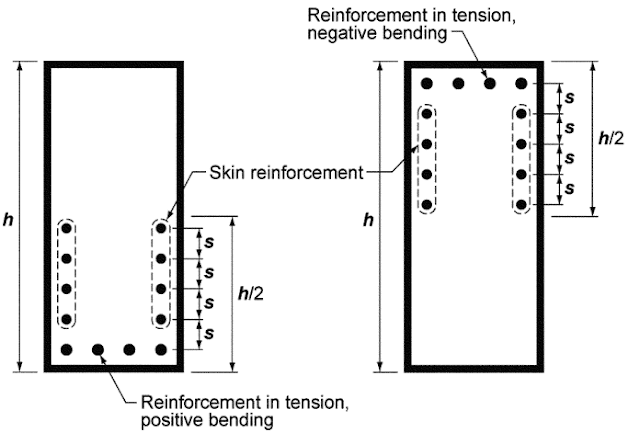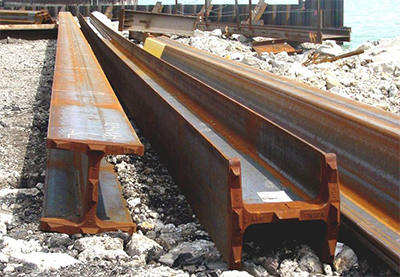Working piles (cast in situ piles)

Various Methods Used in Constructing Cast In-Situ Piles The general concept of cast in-situ pile construction remains the same across various methods, with minor differences. Bored pile diameters typically range from 600 mm to 3000 mm, with depths reaching up to 70 m. This provides designers with significant flexibility to customize foundation designs according to site conditions and optimize costs for an economical solution. construction management: concrete construction bridge construction:How to become a bridge engineer cast in-situ piles method of construction: Casing Installation The depth of casing varies based on site conditions and soil properties. In the presence of loose soil, the casing length should be increased. The use of bentonite can help prevent soil collapse, reducing the required casing length. The primary function of the casing is to prevent soil collapse in loose soil conditions or when soil-supporting liquids are absent. It also allows land s...















